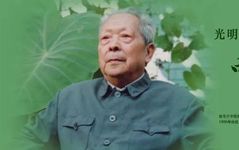Phoenix TCM: A media platform focused on TCM news for the global Chinese community
Source | This article is authorized for publication from the “Introduction to TCM Concepts” textbook by Li Wenqiang. All rights reserved by the copyright holder.
Editor: Mu Mu. For business inquiries and submissions, please contact via WeChat: aicaojilu
 Editor’s Note:The Guangming TCM Correspondence University was established in 1985 by renowned TCM practitioners to prevent the interruption of TCM inheritance. It adheres to TCM principles in teaching and has trained a large number of qualified TCM professionals. In the 1980s and 1990s, frequent changes in national TCM policies led to some students obtaining TCM practice certificates with Guangming TCM diplomas, while many others, despite four years of hard study, could not obtain TCM practice qualifications. This remains one of the greatest regrets in modern TCM. Due to policy reasons, the university had to close in 2005.To ensure the legacy of esteemed TCM practitioners continues and to guide TCM learners on the right path, Li Wenqiang and Gao Mingzhe, disciples of Teacher Fan Zhuwen, initiated the semi-public Guangming TCM Inheritance Platform (Guangming TCM Online School), completing the digitization of 8 million words of textbooks, which are freely available to the public. Students can access an online learning platform at a low cost for systematic TCM study. The online school hopes to work with fellow TCM practitioners to pass on TCM knowledge and benefit the people!This article is a serialized work based on Li Wenqiang’s systematic study of the Guangming correspondence textbook, written over five years to help many TCM students grasp the material in an accessible manner.
Editor’s Note:The Guangming TCM Correspondence University was established in 1985 by renowned TCM practitioners to prevent the interruption of TCM inheritance. It adheres to TCM principles in teaching and has trained a large number of qualified TCM professionals. In the 1980s and 1990s, frequent changes in national TCM policies led to some students obtaining TCM practice certificates with Guangming TCM diplomas, while many others, despite four years of hard study, could not obtain TCM practice qualifications. This remains one of the greatest regrets in modern TCM. Due to policy reasons, the university had to close in 2005.To ensure the legacy of esteemed TCM practitioners continues and to guide TCM learners on the right path, Li Wenqiang and Gao Mingzhe, disciples of Teacher Fan Zhuwen, initiated the semi-public Guangming TCM Inheritance Platform (Guangming TCM Online School), completing the digitization of 8 million words of textbooks, which are freely available to the public. Students can access an online learning platform at a low cost for systematic TCM study. The online school hopes to work with fellow TCM practitioners to pass on TCM knowledge and benefit the people!This article is a serialized work based on Li Wenqiang’s systematic study of the Guangming correspondence textbook, written over five years to help many TCM students grasp the material in an accessible manner.
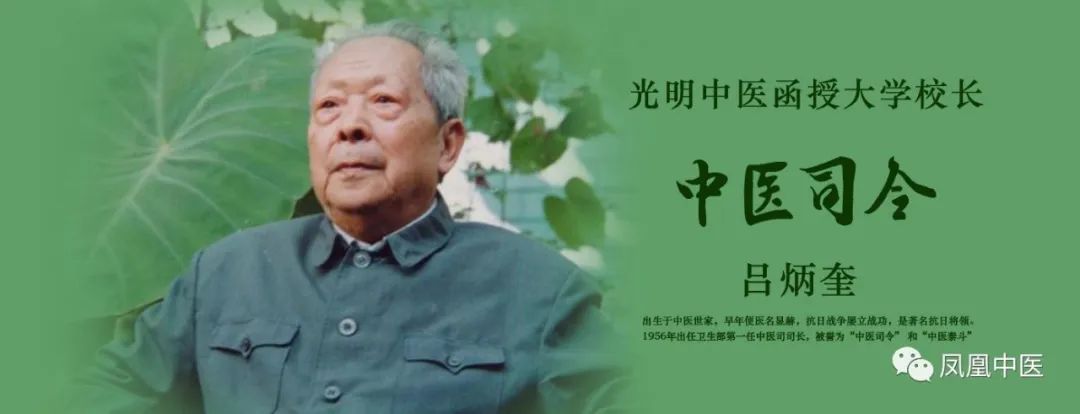
Chapter 1: Yin-Yang Balance
1.1. Yin-Yang Balance is the Principle of All Things, Not Just in TCM
Yin-Yang balance is a traditional Chinese concept that can be used to explain various phenomena, not limited to TCM. Essentially, it refers to the appropriate degree of various indicators necessary for the normal operation of things. Maintaining these indicators within suitable ranges allows for proper functioning, which is balance. When indicators exceed normal ranges, it leads to dysfunction, which is imbalance. This is a common and simple principle in life.
The textbook’s explanation of Yin-Yang is somewhat abstract, making it difficult for many to intuitively understand the principles of Yin-Yang. A lack of clarity in this concept can lead to a series of confusions in subsequent learning. Therefore, it is crucial to explain Yin-Yang balance clearly and understandably.
Previous explanations of Yin-Yang often involved “explaining the obscure with the obscure,” using one incomprehensible concept to explain another, ultimately failing to clarify the matter. Thus, we will use a familiar example to explain “Yin-Yang.”
Here is an example of temperature balance in a room.
Assume we have a 20 square meter room used as a bedroom.
We want to control the room temperature around 25 degrees Celsius, with fluctuations not exceeding 5 degrees, meaning it should stay between 20 and 30 degrees, which is a comfortable temperature range.
If the room temperature fluctuates more than 5 degrees but less than 10 degrees, it indicates a problem, but it is not severe. For instance, if it drops to between 15 and 20 degrees, it is considered cold; if it rises to between 30 and 35 degrees, it is considered hot. Both cold and hot affect the comfort of living, but it is still bearable.
If the temperature fluctuates more than 10 degrees, falling below 15 degrees or rising above 35 degrees, it is considered a loss of livability.
To achieve this temperature control, we have a 2-horsepower air conditioner and a 3000-watt electric heater to adjust the room temperature.
The heater can raise the temperature, referred to as Yang. The air conditioner can lower the temperature, referred to as Yin.
This small example encompasses common elements of Yin-Yang, which we will explain further:
1. This example first establishes the function, which is the bedroom for habitation. This is important because the function determines the balance point. If the room is for living, the temperature balance point is 25 degrees. If the room is a cold storage, the balance point would be set at -10 degrees. Therefore, when discussing Yin-Yang and balance, we must first clarify the function. Different functions determine different balance points, which in turn determine the Yin-Yang attributes of different things.
2. Once the balance point is established, we can discuss Yin-Yang: in this example, with 25 degrees as the balance point, any object below this temperature is considered Yin, such as an object around 10 degrees in the room, as it can lower the room temperature. However, if the room were a cold storage with a balance point of -10 degrees, an object around 10 degrees would be considered Yang, as its temperature is higher than the balance point. Thus, whether an object is Yin or Yang is relative to its balance point.
In our textbook, we explain Yin-Yang basic attributes and the Yin-Yang attributes of things themselves, which can be abstract and difficult to understand. For example, the textbook states that heat belongs to Yang and cold belongs to Yin. But what temperature counts as hot, and what counts as cold? Here, it implicitly uses human body temperature as the balance point: temperatures above human body temperature are considered hot (Yang), while those below are considered cold (Yin). If we change the object, the balance point changes, and the original Yin and Yang attributes will also change.
A 10-degree object feels cool to human touch and is considered Yin. However, if placed in a cold storage, it would be considered Yang. Therefore, the attributes of Yin and Yang are relative and variable; the same object can have different Yin-Yang attributes relative to different balance points. The Yin-Yang attributes of any object are determined by the differences in their relative balance points.
The basic attributes of Yin-Yang can be summarized as follows: anything that is moving, rising, floating, outward, hot, bright, and formless belongs to Yang; anything that is static, descending, sinking, inward, cold, dark, and tangible belongs to Yin. That is, heaven is above and formless belongs to Yang; earth is below and tangible belongs to Yin. The sun is bright and hot, belonging to Yang; the moon is dim and cold, belonging to Yin. In diseases, heat syndromes, excess syndromes, and exterior syndromes belong to Yang; cold syndromes, deficiency syndromes, and interior syndromes belong to Yin.
The basic attributes of Yin-Yang are absolute and fixed, but the Yin-Yang attributes of things themselves are relative and variable. This relativity and variability of the Yin-Yang attributes of things manifest in two ways: on one hand, under certain conditions, relative things can transform into each other, meaning Yin can transform into Yang and Yang can transform into Yin; on the other hand, it reflects the infinite divisibility of Yin-Yang attributes within a single entity, as stated: “Yin contains Yang, Yang contains Yin, and within Yin-Yang, there are also Yin and Yang” (from “Classics of Classification: Yin-Yang Classification”).
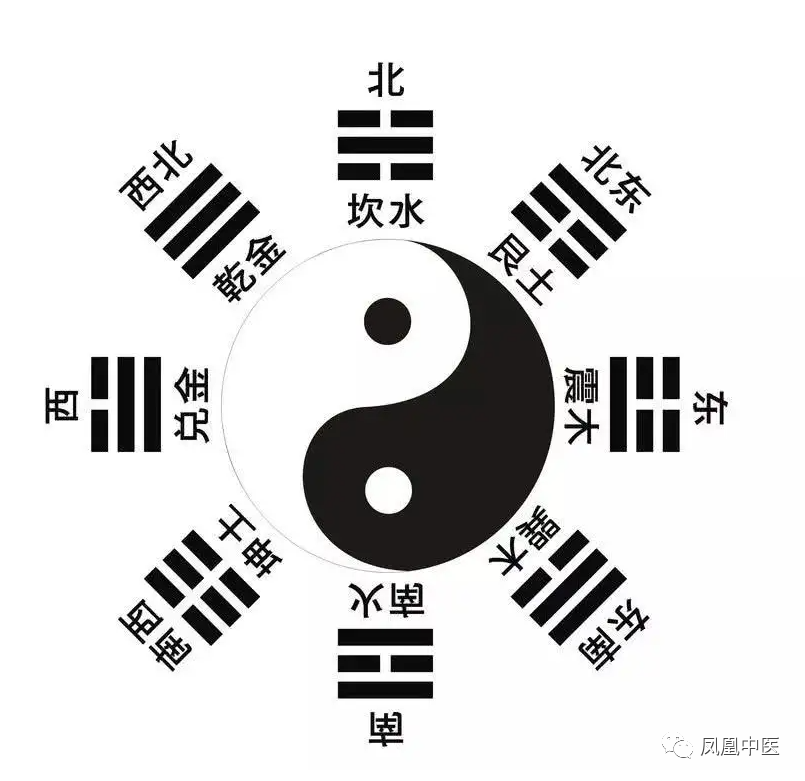
“Introduction to TCM – Yin-Yang and Five Elements Theory – Basic Attributes of Yin-Yang”
Clear Yang and turbid Yin are relative concepts that have different meanings in different contexts.
“The Yellow Emperor’s Inner Canon Explained – The Ascending and Descending of Clear Yang and Turbid Yin”

Author Bio: Li Wenqiang, Vice President of Guangming TCM Online School, responsible for the digitization of 10 million words of Guangming TCM textbooks. To address the challenges of systematic TCM learning, he authored the book “Introduction to TCM Concepts,” explaining TCM foundational theories in an accessible manner. For study group inquiries, please add the editor on WeChat: FH-zhongyi, noting “Guangming TCM.” 
Further Reading
Learning TCM is not that difficult! This may be the best self-study TCM textbook: Reflections on Guangming TCM Textbooks
Guangming Daily | TCM Talent Cultivation: Making “Chinese” Flavor Stronger and “Medical” Effect Better
A female TCM doctor shares her experiences in learning TCM, a journey filled with challenges
A 51-year-old man studies TCM at a college
TCM is China’s own scientific tradition! Discussing the cultural value of TCM in the great rejuvenation of the Chinese nation
Heartfelt words: How should TCM be learned? Why is it said that true TCM exists among the people?

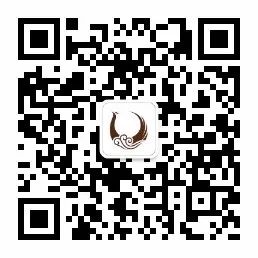
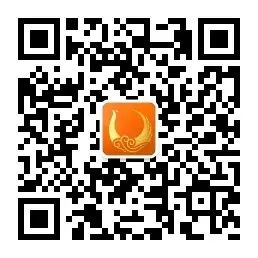
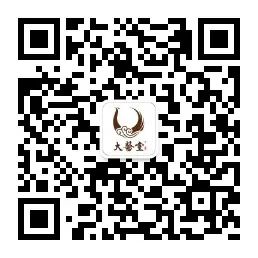

↙ Read the original article to learn about Phoenix TCM | For comments, please click Like To see ↘

